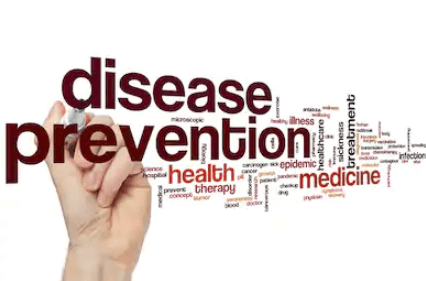I have performed a lot of fitness evaluations over the years. After reviewing a detailed health history and finding out about current lifestyle habits, I always ask a potential client about his or her goals. Overwhelmingly, women want to lose weight and have a flatter stomach; men want to be stronger; older adults want to be pain free.
I often add my own goals for each client, and many of them come from what I see during the physical part of the evaluation: fix forward head position; correct uneven posture; increase hip range of motion. I look at the areas that may be contributing to their discomfort, and it’s not a difficult sell. Once I make the connection between dysfunction and pain, I can easily get a person to agree that this goal is worthwhile. Where I struggle, sometimes, is with the problems that they don’t know are problems—the imbalances that lead to compensations that his or her body won’t sustain forever. He says that he hears me. She says that she understands. However, it can be a real challenge to convince people to work on areas that are not presenting a current threat to their everyday lives.
I can remember a certain client who hopped on one leg as she came in to see me. Her left foot was killing her. She did not know why. The podiatrist I work with confirmed she had tendinitis—the same tendinitis we discussed would happen months before. When I asked if she had been doing her homework, her response was, “No. I will start this week.”
Prevention is the invisible and often unappreciated byproduct of exercise. It’s easy to ignore what you can’t see, and it’s easy to believe you have more time when you feel okay. So many people give up if the weight doesn’t fall off in three weeks and abs aren’t chiseled in four: “I’m working out and nothing is happening”. But something is happening. Your brain, heart, and lungs are becoming more efficient. Your immune system is getting stronger. Production of stress hormones is slowing, and your risk for having a chronic illness is decreasing. I could go on and on about the benefits of exercise. They all count. Not everyone will go from a size 14 to a size 4. There are diseases where not everyone gets stronger or more fit. Sometimes maintenance is the target and not declining is the win. Prevention is not the sexy goal, but it is still better than cure. Exercise is still one of the best medicines we have.
